
Oliver Colin LeBoutillier was an American aviator and flying ace. Serving with the British Royal Naval Air Service and Royal Air Force in the First World War, LeBoutillier scored 10 aerial victories, witnessed the death of Manfred von Richthofen and was a vigorous proponent of Captain Roy Brown as the victor over Richthofen. Post war, he became a stunt pilot for movies, a skywriter, and an aviation instructor whose most famous student was Amelia Earhart. Later, he became a civil aviation inspector.
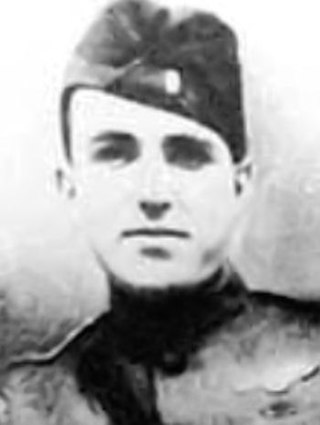
Lieutenant Remington D. B. Vernam was an American pilot who had enlisted in the French air service during World War I, and was transferred to the United States Army Air Service after American entry into the war.
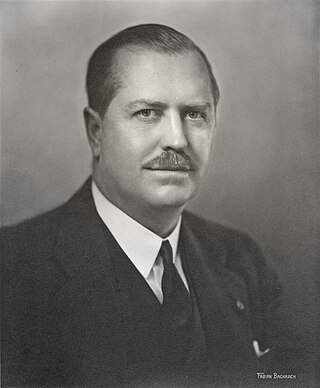
Sumner Sewall was an American Republican politician and airline executive who served as the 58th Governor of Maine from 1941 to 1945. He began his aviation career during World War I as a fighter ace.

Major David McKelvey Peterson was a 1915 Lehigh University graduate who became a World War I flying ace. He achieved six aerial victories, one of which was earned in the Lafayette Escadrille; five were officially credited during his tenure with the United States Army Air Service.

Lieutenant Murray Kenneth Guthrie was a World War I flying ace credited with six aerial victories.

Lieutenant John Knox MacArthur was an American World War I flying ace credited with six aerial victories. He was his squadron's first ace.
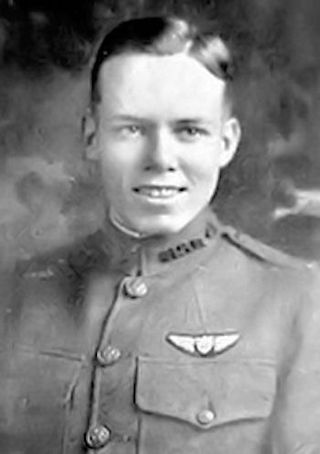
Lieutenant Donald Hudson was an American World War I flying ace credited with six aerial victories. Postwar, he pioneered aviation in Bolivia, including being the first aviator to fly across the Andes Mountains.

Edgar Gardner Tobin was an American World War I flying ace, businessman, and pioneer in aerial photography. Tobin was born to a prominent San Antonio family and was educated at Texas Military Institute.

Lieutenant Lansing Colton Holden, Jr. was a World War I flying ace credited with seven aerial victories. He was an architect, illustrator, and American film director.

Captain Gorman DeFreest Larner was a World War I flying ace credited with seven aerial victories.
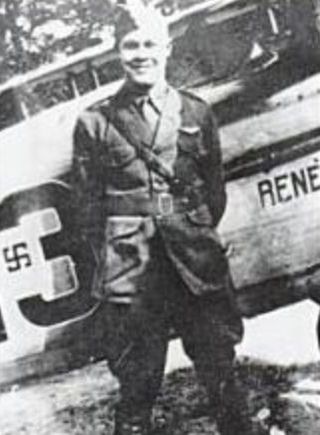
First Lieutenant Karl John Schoen was a World War I flying ace credited with seven aerial victories while flying a Spad XIII for the USAAS during World War I. As such, he was one of the first American aces flying for his home country.
Lieutenant Harold Albert White was a Canadian World War I flying ace credited with seven aerial victories while flying the Sopwith Dolphin.

Lieutenant Wilbert Wallace White was an American World War I flying ace credited with eight aerial victories. He was recommended for the Medal of Honor for his self-sacrifice.

Brigadier General Martinus Stenseth began his career in the Minnesota National Guard in June 1916, before the United States entered World War I. He remained in the military as a professional soldier, rising to the rank of brigadier general.

Lieutenant Frank Leaman Baylies was an American World War I flying ace credited with twelve aerial victories while flying in the French Aeronautique Militaire. Having originally volunteered for the Ambulance Corps, Baylies transferred into French aviation in May 1917. After scoring his 12 victories with the French, he transferred into American aviation service but remained with the French until his death in action.

Lieutenant William Portwood Erwin was an American World War I flying ace credited with eight aerial victories. On 19 August 1927, he disappeared during the Dole Air Race from Oakland, California to Hawaii.
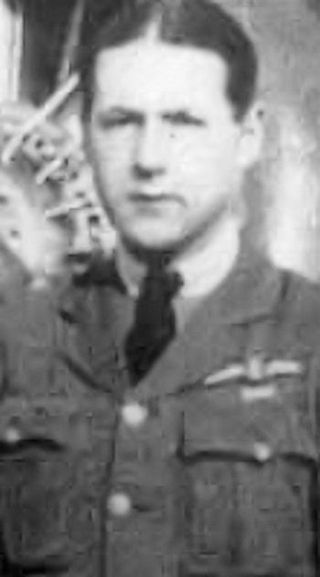
Lieutenant Kenneth Russell Unger was an American World War I flying ace credited with fourteen aerial victories. His candidacy rejected by his own nation, Unger applied to the British Royal Flying Corps for military pilot training in June 1917. Once trained, he was assigned to the Royal Naval Air Service (RNAS). As the RNAS was merged into the Royal Air Force, Unger scored his aerial victories between 26 June and 1 November 1918. In later life, Unger remained involved in aviation and served again during World War II. He also joined the U.S. Navy Reserves, rising to the rank of rear admiral.

Captain Emile John Lussier was an American flying ace during World War I. He was credited with eleven confirmed aerial victories while flying with the Royal Air Force.
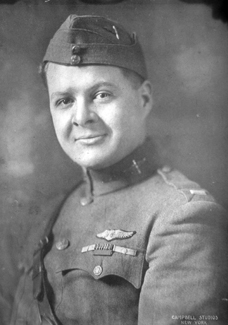
Paul Frank Baer was an American fighter pilot for the United States Army Air Service in World War I. He was credited with nine confirmed victories and seven unconfirmed victory claims, making him the first flying ace in American military aviation history.

Captain Thomas Gantz Cassady was an American fighter pilot who served in both World Wars, and became a businessman during peacetime.



















